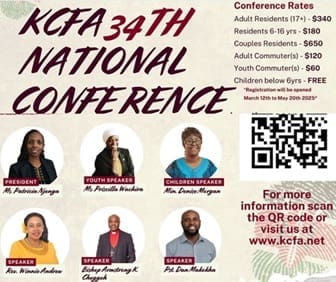A girl walks along a street in the sprawling Kibera slum, home to about 1 million people, in Kenya’s capital Nairobi Aug 26, 2011. REUTERS/Thomas Mukoya
NAIROBI (TrustLaw) – Nearly one in three Kenyan girls experience sexual violence before the age of 18, according to a report launched by the Kenyan government and the United Nations on Wednesday.
Three quarters of Kenyan children experience physical, sexual or emotional violence, according to the findings of the first nationwide household survey of more than 3,000 young people aged 13 to 24.
“The survey results depict a sobering picture of pervasive and insidious violence that afflicts the entire country,” Naomi Shaban, minister of gender, children and social development, said at the launch of the Violence Against Children Survey.
Sexual violence – defined as sexual touching or attempted sex against the child’s will or coerced or forced sex – was experienced by 32 percent of Kenyan girls and 18 percent of boys before the age of 18.
This figure is much higher than that of the government’s 2008/9 Kenya Demographic and Health Survey which found that one in five women and girls are victims of sexual violence.
Rape is rarely reported in Kenya due to stigma and a lack of faith in the police and the criminal justice system, although the country has strong legislation to protect children from sexual assault.
The survey found that the most common perpetrators were boyfriends or girlfriends, followed by neighbours and family members. One in three girls who were raped became pregnant as a result. Only three percent of sexually abused girls received professional help.
There was a clear correlation between experience of sexual violence and engagement in risky sexual behaviour. Girls who were victims of unwanted touching or rape were four times as likely as other girls to have multiple sexual partners.
Physical violence – defined as punching, kicking, whipping or being threatened with a weapon – was most widely experienced. Almost six out of 10 children had been physically abused by an authority figure, most commonly teachers.
More than half the respondents had experienced physical violence at the hands of relatives.
MAJORITY CONDONE VIOLENCE
Most disturbing among the findings was that the majority of children accepted violence in the home as normal, particularly if they themselves had experienced it.
“Much of violence against children… remains hidden and at times is socially approved or acceptable. That is very sad,” said Franklin Esipila, permanent secretary in the ministry of gender, children and social development.
Among girls aged 18 to 24, 49 percent condoned violence by a husband towards his wife. This increased to 56 percent among girls who had experienced childhood violence.
Unsurprisingly, the figures for boys were even worse. There was 62 percent approval of domestic violence among boys aged 18 to 24 who had not been abused, rising to 65 percent among those who had experienced violence themselves.
“These attitudes must change in order to help mitigate the occurrence of domestic violence, both against women and against children,” the report said. “This remains the single greatest area for policy reform at the national level.”
Other social attitudes and practices that justify violence against children identified by the survey include the use of violence as a form of discipline, child labour, female genital mutilation, forced marriage, prejudice against disabled children, family breakdown, homophobia and the myth that sex with virgins can cure HIV/AIDS.
VIOLENCE PERPETUATES POVERTY
A 2006 U.N. report found that 14 percent of girls and seven percent of boys around the world experience sexual violence.
“Violence breeds violence,” it said. “In later life, child victims of violence are more likely to be victims or perpetrators themselves.”
It also found that violence perpetuates poverty, illiteracy and early death.
“The physical, emotional and psychological scars of violence rob children of their chance to fulfil their potential,” the report said. “Ending violence will increase opportunities for development and growth.”
The Kenyan government said it plans to set up child protection centres, staffed by social welfare officers, across the country to help abused children.
The survey found that just one in four girls and one in eight boys knew where to get help after they were sexually abused.
Childline Kenya, a free national helpline for children, receives 40,000 calls a month.
Source:trust.org







